What is the function of the neuromuscular junction?
To connect muscle fibers to motor neurons
To bind acetylcholine to nAChRs
To depolarize the muscle cell membrane.
To activate voltage-gated sodium channels on the muscle membrane .
Correct Answer : A
The neuromuscular junction is a type of synapse where neuronal signals from the brain or spinal cord interact with skeletal muscle fibers, causing them to contract.
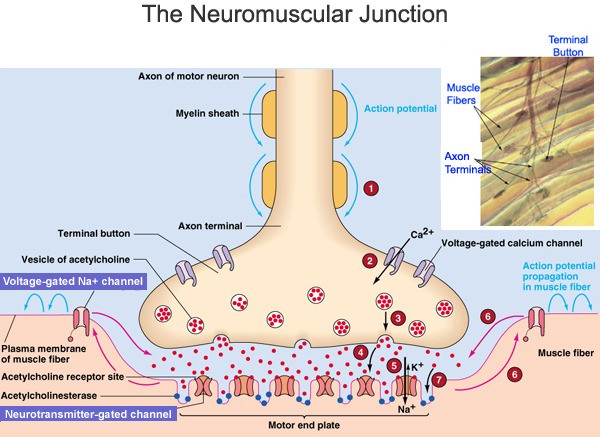
The activation of many muscle fibers together causes muscles to contract, which in turn can produce movement.
Choice B is incorrect because binding acetylcholine to nAChRs is a process that occurs at the neuromuscular junction, but it is not the function of the neuromuscular junction itself.
Choice C is incorrect because depolarizing the muscle cell membrane is a result of the function of the neuromuscular junction, but it is not the function itself.
Choice D is incorrect because activating voltage-gated sodium channels on the muscle membrane is a result of the function of the neuromuscular junction, but it is not the function itself.
TEAS 7 Exam Quiz Bank
HESI A2 Exam Quiz Bank
Find More Questions 📚
Teas 7 Questions: We got the latest updated TEAS 7 questions
100% Money Refund: 100% money back guarantee if you take our full
assessment pass with 80% and fail the actual exam.
Live Tutoring: Fully customized live tutoring lessons.
Guaranteed A Grade: All students who use our services pass with 90%
guarantee.
Related Questions
Correct Answer is A
Explanation
These are the four nucleotide bases found in DNA1.
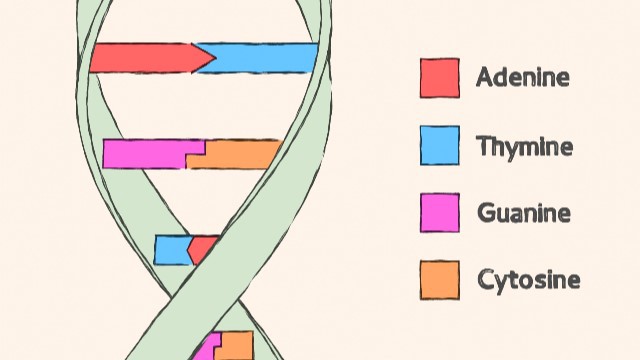
Choice B) Adenine, Thymidine, Cytidine, Guanine is incorrect because Thymidine and Cytidine are not nucleotide bases found in DNA.
Choice C) Adenosine, Thymine, Cytosine, Guanosine is incorrect because Adenosine and Guanosine are not nucleotide bases found in DNA.
Choice D) Adenosine, Thymidine, Cytidine, Guanosine is incorrect because Adenosine, Thymidine and Cytidine are not nucleotide bases found in DNA.
Correct Answer is A
Explanation
The correct answer is choice A. Keratin.
Keratin is a fibrous protein that provides strength and protection to the body, particularly in the skin, hair, and nails.
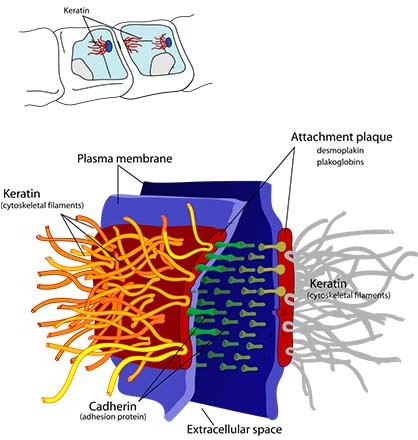 |
It is found in epithelial tissue, which covers the body’s surface and lines its internal organs and cavities.
Choice B.
Collagen is incorrect because collagen is a fibrous protein that provides strength and support to connective tissues such as tendons, ligaments, and cartilage.
Choice C.
Elastin is incorrect because elastin is a protein that provides elasticity to tissues such as skin and blood vessels.
Choice D.
Actin is incorrect because actin is a protein that plays a role in muscle contraction and cell movement.
Correct Answer is B
Explanation
The correct answer is choice B.
Maintaining normal body temperature and blood pressure.
Early identification and management of potential organ donors must take into consideration specific pathophysiologic changes for medical optimization 1.
The VIPPS (ventilation, infusion and pumping, pharmacological treatment, and specificities) strategy is a mnemonic method that brings together key aspects of the restoration of oxygen delivery to tissues during hemodynamic instability plus organ optimization strategies.
Choice A is incorrect because administering antibiotics to prevent infection is not the most important intervention to preserve organ viability.
Choice C is incorrect because providing emotional support to family members, while important, is not an intervention that directly affects organ viability.
Choice D is incorrect because applying eye drops and ointment to prevent corneal drying is not the most important intervention to preserve organ viability.
Correct Answer is A
Explanation
A control group is used in scientific studies to establish causality by isolating the effect of an independent variable.
The control group serves as a baseline or comparison group that does not receive the treatment or intervention being tested.
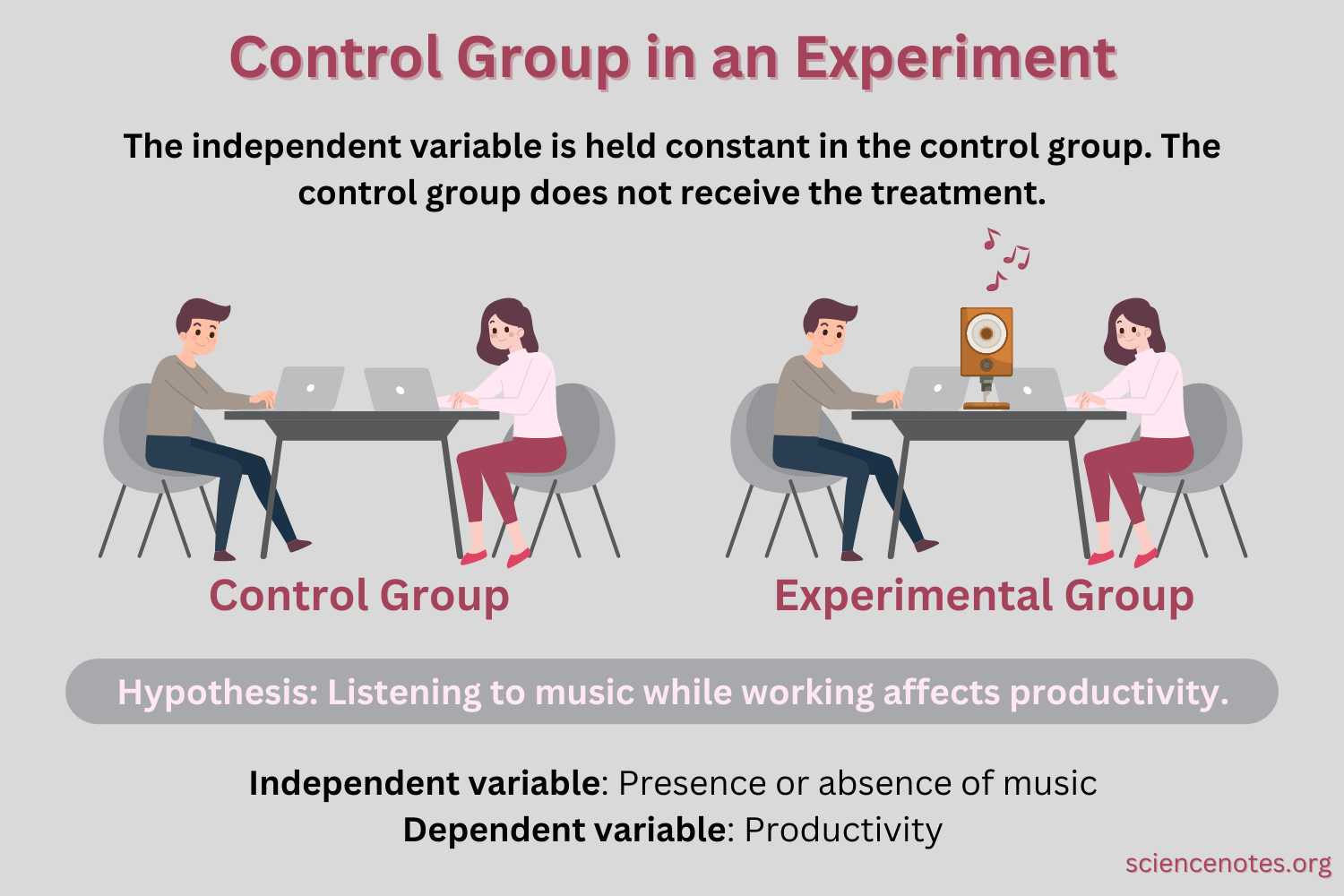 |
By comparing the results of the control group to the experimental group, researchers can determine if any observed changes are due to the independent variable or if they are due to chance or other factors.
Choice B is incorrect because a control group is not used to establish the effect of a dependent variable on an independent variable.
Choice C is incorrect because while a control group can help control for the impact of extraneous variables on the dependent variable, its primary purpose is to isolate the effect of the independent variable.
Choice D is incorrect because a control group is not used to control for the impact of extraneous variables on the independent variable.
Correct Answer is A
Explanation
The normal flora refers to the microbial community that colonizes on the skin and mucus membrane .
Normal flora can be found in many sites of the human body including the skin, respiratory tract, urinary tract, and the digestive tract.
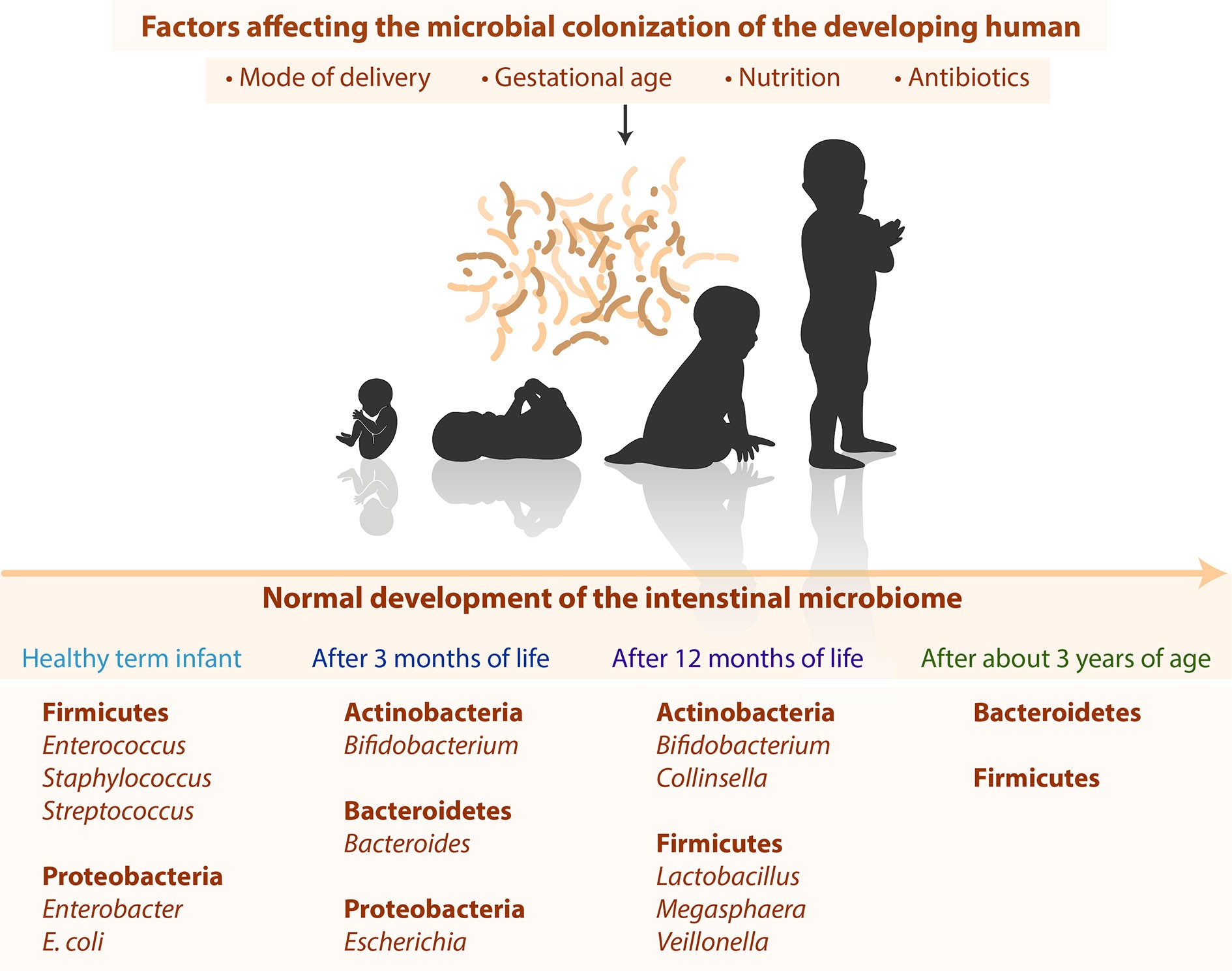
Choice B is incorrect because normal flora does not refer to a group of infectious parasites that cause diarrheal diseases .
Choice C is incorrect because normal flora does not refer to the genetic material of bacteria housed within a true nucleus .
Choice D is incorrect because normal flora does not refer to the protein coat surrounding the viral genome .
Correct Answer is A
Explanation
In a well-designed experiment, all variables apart from the treatment should be kept constant between the control group and treatment group.
This means researchers can correctly measure the entire effect of the treatment without interference from confounding variables.
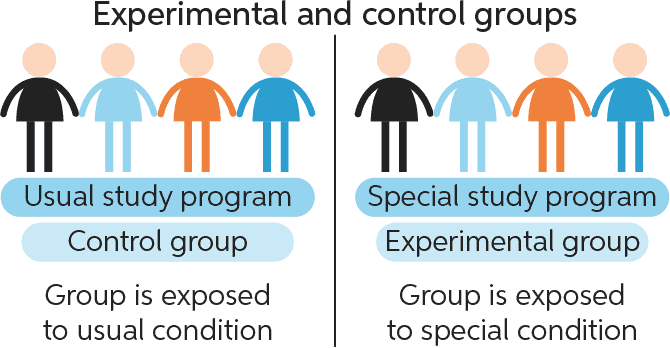
Choice B) Independent variable and dependent variable is incorrect because these are not groups but rather variables.
The independent variable is manipulated by the experimenters while the dependent variable is measured to see if it changes as a result of the manipulation.
Choice C) Experimental group and non-experimental group is incorrect because a non-experimental group is not a term used in experimental design.
The correct term for the group that does not receive the treatment is control group.
Choice D) High level and low level of the independent variable is incorrect because these are levels of the independent variable, not groups.
In an experiment, there can be multiple levels of the independent variable, but they are applied to different groups (e.g.
control group, treatment group).
Correct Answer is C
Explanation
Inflammatory cytokines released during the early response to bacterial infection play a crucial role in initiating cell recruitment and local inflammation 1.
They induce the expression of adhesion molecules in endothelial cells and promote the recruitment of neutrophils to the site of inflammation 1.
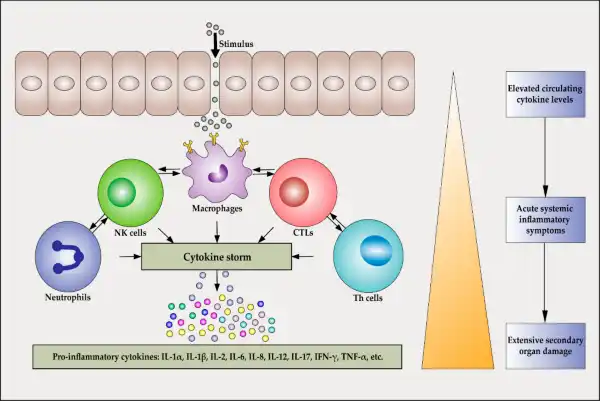
Choice A is incorrect because while inflammatory cytokines may enhance phagocytosis, they do not directly disrupt the infection.
Choice B is incorrect because inflammatory cytokines do not directly attack invading pathogens.
Choice D is incorrect because inflammatory cytokines do not secrete antibodies to neutralize pathogens.
Correct Answer is B
Explanation
Concentration of solute particles in the solution.
Osmosis is the movement of water across a semipermeable membrane from an area of lower solute concentration to an area of higher solute concentration.
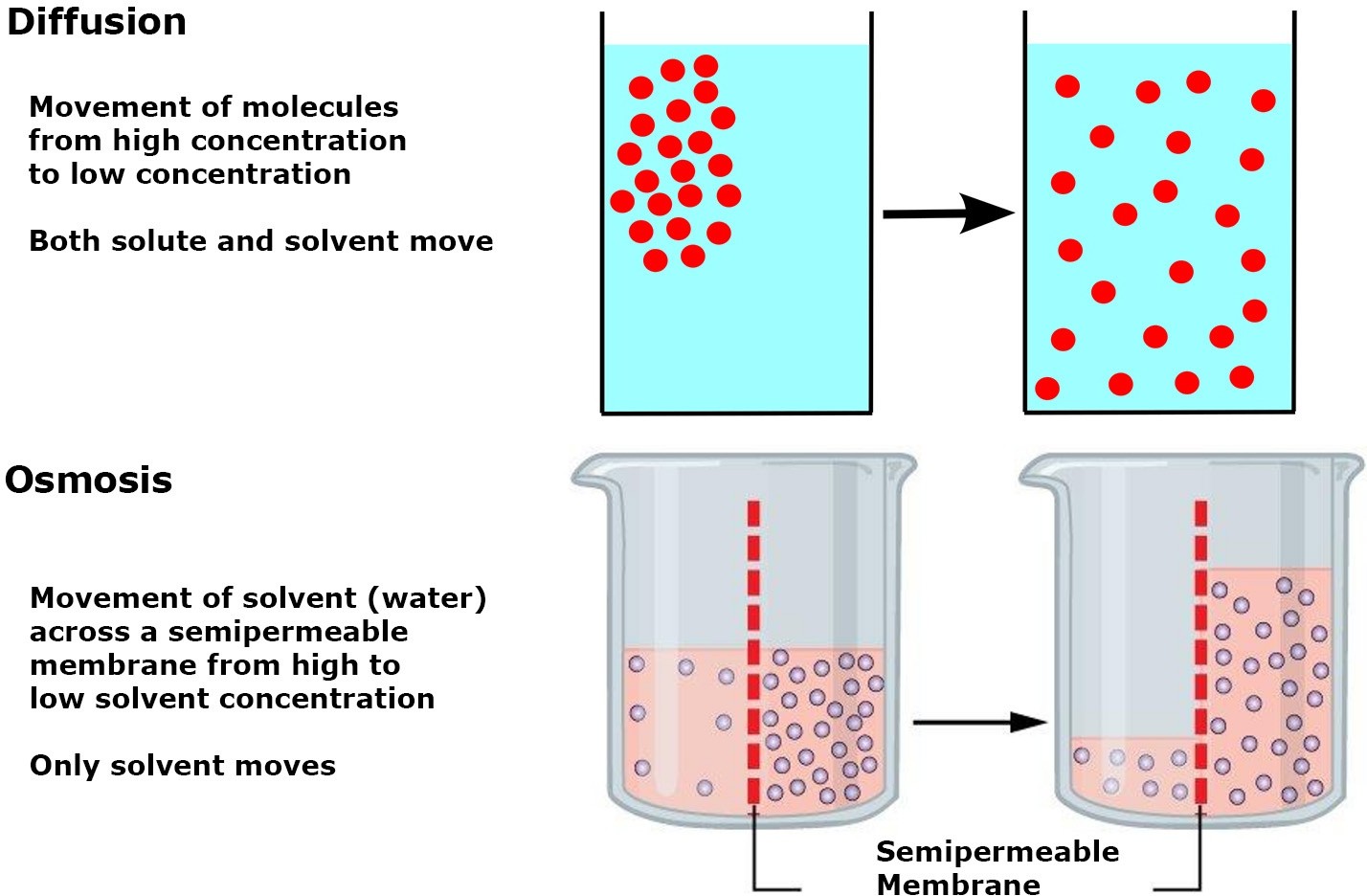
The concentration of solute particles in the solution is the primary factor that determines the movement of water across cell membranes in osmosis.
Hydrostatic pressure (choice A) can affect the movement of water across cell membranes but is not the primary factor responsible for osmosis.
Temperature (choice C) can affect the rate of osmosis but is not the primary factor responsible for osmosis.
Kinetic energy of liquid water molecules (choice D) can affect the rate of osmosis but is not the primary factor responsible for osmosis.
Correct Answer is A
Explanation
Protons contribute to the positive charge of an atom.
Protons are subatomic particles with a positive charge found in the nucleus of an atom.
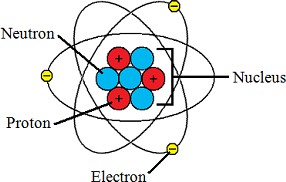 |
Choice B is incorrect because neutrons are neutral and do not have a charge. Choice C is incorrect because electrons have a negative charge.
Choice D is incorrect because nucleons refer to both protons and neutrons, but only protons contribute to the positive charge of an atom.
Correct Answer is C
Explanation
Immunologic memory is the hallmark of adaptive immunity.
Immunologic memory enables the host to mount a more rapid and efficient immune response upon subsequent exposure to the antigen.
Choice A is incorrect because rapid recruitment of immune cells to sites of infection and inflammation is a characteristic of innate immunity.
Choice B is incorrect because antigen-independent defense mechanisms are characteristic of innate immunity.
Choice D is incorrect because non-specific host-defense mechanisms are characteristic of innate immunity.
This question was extracted from the actual TEAS Exam. Ace your TEAS exam with the actual TEAS 7 questions, Start your journey with us today
Visit Naxlex, the Most Trusted TEAS TEST Platform With Guaranteed Pass of 90%.
Money back guarantee if you use our service and fail the actual exam. Option of personalised live tutor on your area of weakness.
